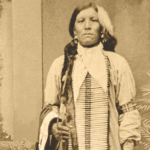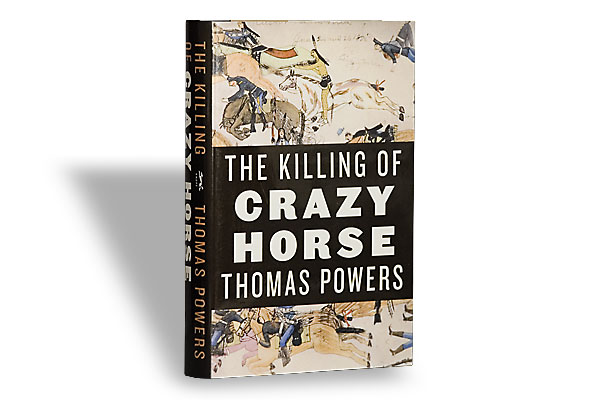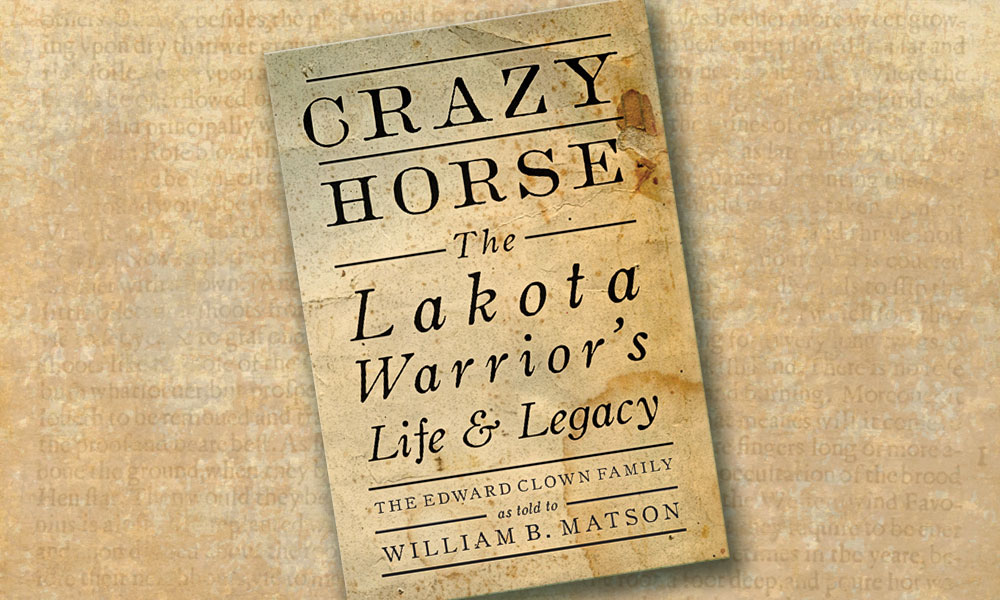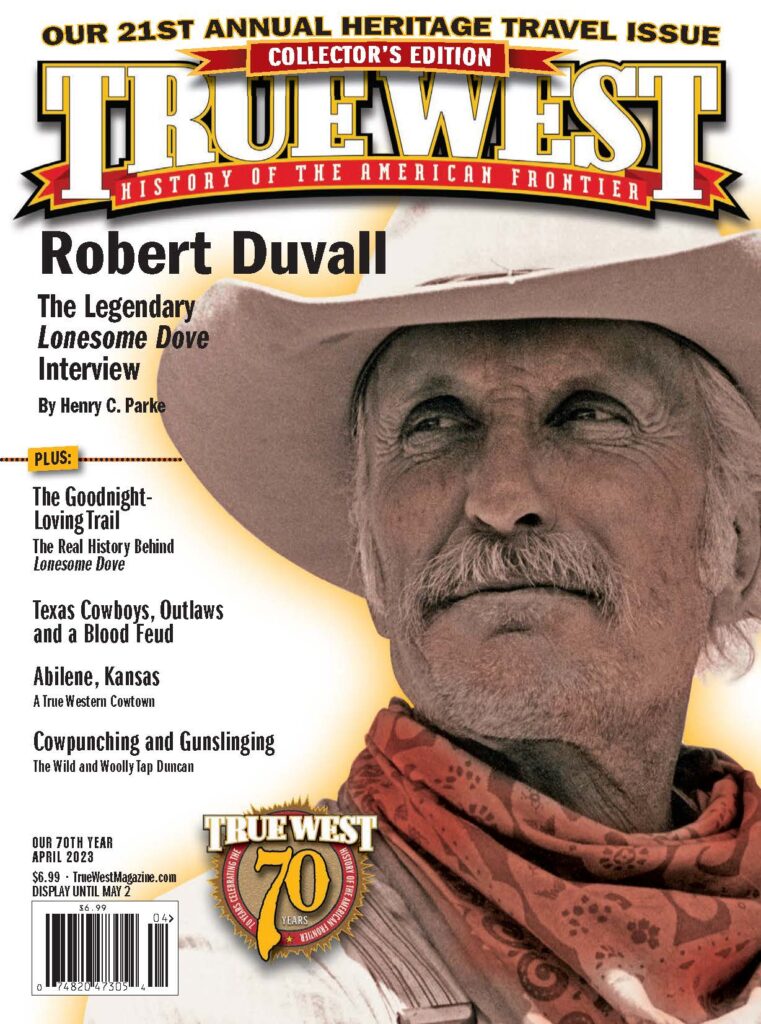Was Crazy Horse part White?
Ronnie Bishop Tulsa, Oklahoma
Crazy Horse was born to parents from two different bands of the Lakota division of the Sioux, his father being an Oglala and his mother a Miniconjou.
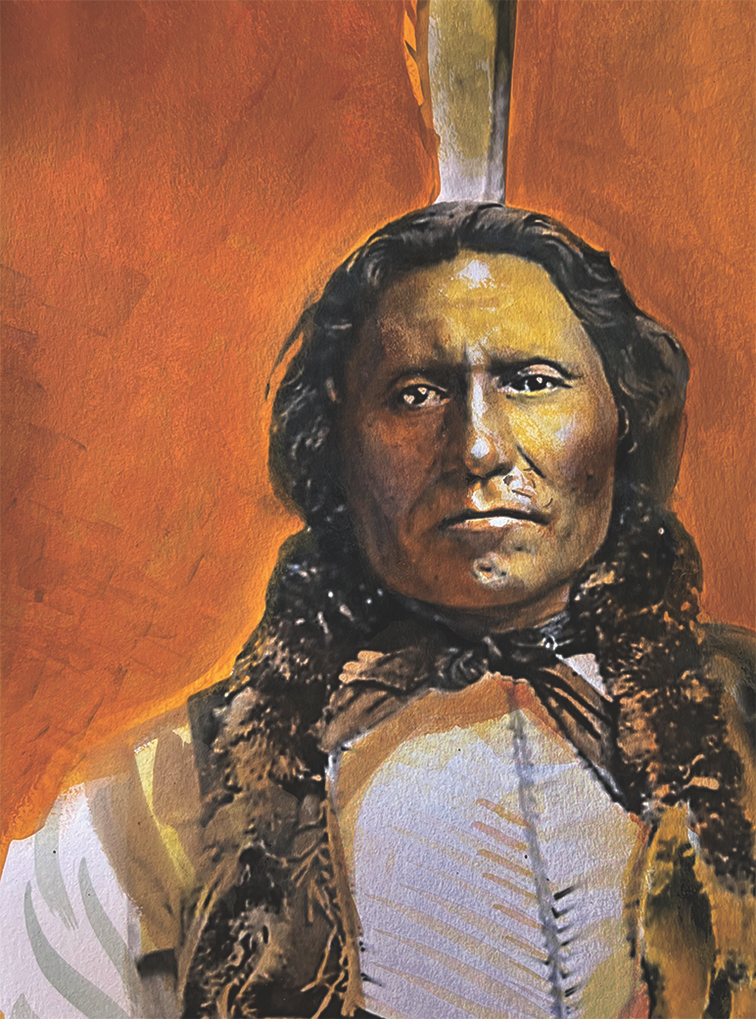
True West Archives
Which, in your opinion, is the most historically correct movie or television series?
Suzzanne Evans San Antonio, Texas
The dress in Western films is much better today than it was during the period prior to the 1970s. Hollywood is much better at getting it right and using reenactors as extras.
It’s pretty hard to pick a best and worst, but for fiction I like Lonesome Dove. I like any Western that stars Sam Elliott.
They’ve never gotten the so-called Gunfight at O.K. Corral correct. In Tombstone, Virgil Earp was shot in the right arm; in real life, it was his left arm that was crippled. And they turned parts of the film into a Spaghetti Western.
I’m still looking for a historically accurate film on the gunfight near the O.K. Corral.
Was stealing a horse a hanging offense?
Bill Haines Tucson, Arizona
Not from a legal standpoint. But some horse thieves were lynched. Horses were valuable as transportation and integral parts of several occupations, so many people weren’t willing to put up with the crime.
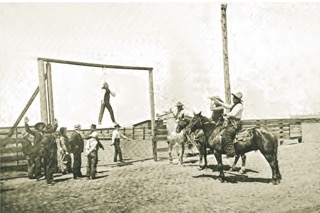
What can you tell me about the legend of El Tiradito in Tucson?
Vanessa Hughes Tucson, Arizona
El Tiradito is located in Tucson’s Barrio Viejo and is supposed to be the world’s only shrine for a sinner. One story is that, in the 1870s, there was an ill-fated love affair between a young sheepherder named Juan Oliveras and his mother-in-law. His father-in-law came home from his sheep ranch early one day and caught the two in an amorous “situation.” The older man killed Juan. Since Juan was guilty of a sin (adultery), he couldn’t be buried on consecrated ground, so he was buried on the site where he was slain.
As time went by, the women in the barrio began to romanticize the affair and visited the site to light candles and pray that he be forgiven. Soon it became a shrine for parents concerned about their flirtatious daughters.
The shrine is located on 400 S. Main Avenue between Cushing and Simpson streets and is listed on the National Register of Historic Places.
Did the pastors of churches in Old West towns do that as a full-time occupation, or did they usually have to work other jobs to make it financially?
Wesley Brown Saginaw, Michigan
Many Methodist circuit-riders who went from community to community on a regular route relied on the help of the individuals and congregations they served.
But others, especially those who were married and settled down, found additional jobs to help make ends meet. Methodist Reverend James Hardin served various places in North Texas (including the village of Dallas, for a time). With his growing family, the pastor owned and ran a farm and a school. One of his sons found a different way to get by: gunman John Wesley Hardin.
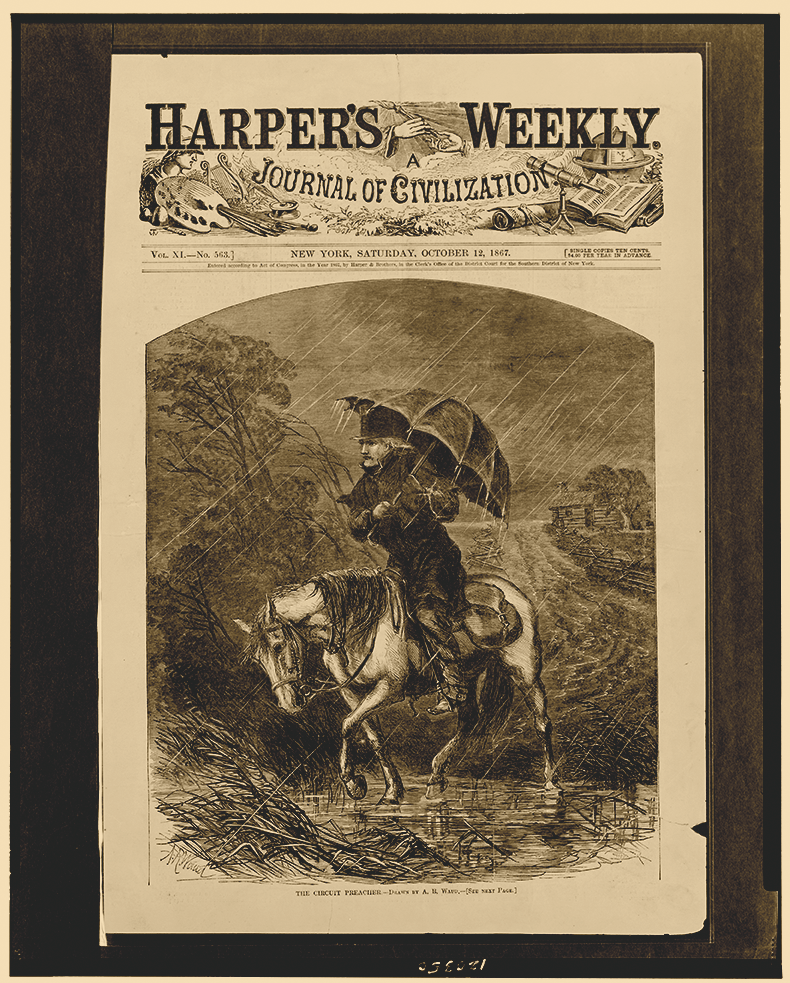
What was Billy the Kid’s real name?
David Mills The Villages, Florida
The Kid’s official birth name was William Henry McCarty Jr. His birthplace is not certain, although some say New York City. In 1873 his mother, Catherine McCarty, married William Antrim and the family settled in Silver City, New Mexico. To avoid confusion with two Williams in the family she began calling the youngster by his middle name, Henry.
Henry Antrim began using William H. Bonney as an alias after he shot and killed Frank “Windy” Cahill during a fight in Arizona. The reason he chose Bonney is unknown, but some speculate it was because that was his biological father’s name before his mother married a man named McCarty.

